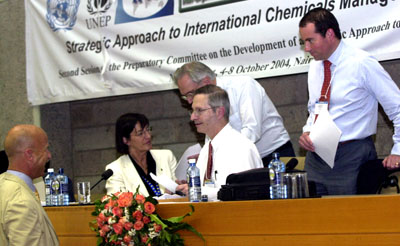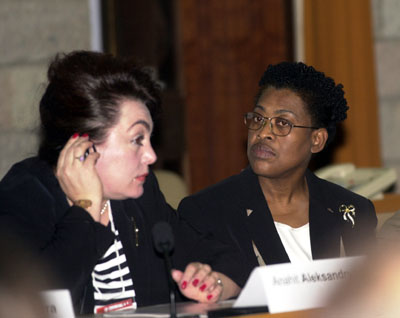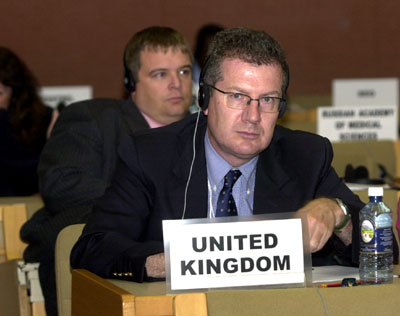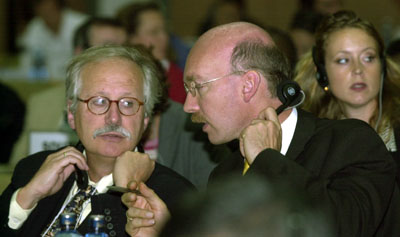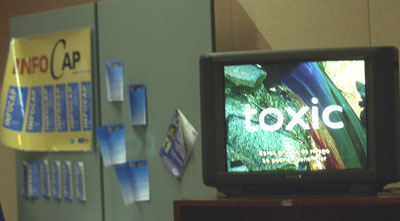|
|
Plenary: FURTHER
DEVELOPMENT OF SAICM
|
|
|
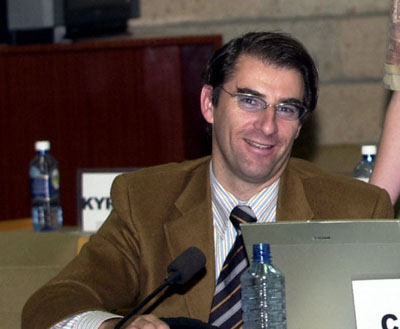
|
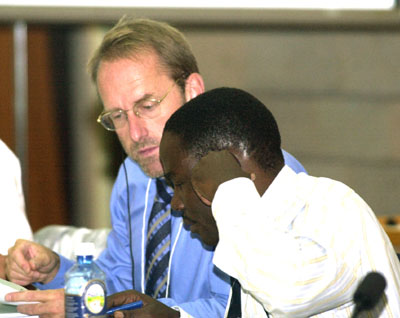
|
|
Above photo: Jean-Louis
Wallace (Canada), Chair
of the drafting group on scope, informed participants that following
consultations with the G-77/CHINA, additions were made to the scope
of SAICM to avoid duplicating the efforts of other chemical regimes,
in particular those of forums dealing with military uses of
chemicals.
|
Above photo: Jamidu
Katima (Tanzania), Chair of the contact group on concrete
measures, reported
that the group had completed its work on including all activities
and identifying main actors for concrete measures in the matrix.
|
High-level
declaration:
|
|
|
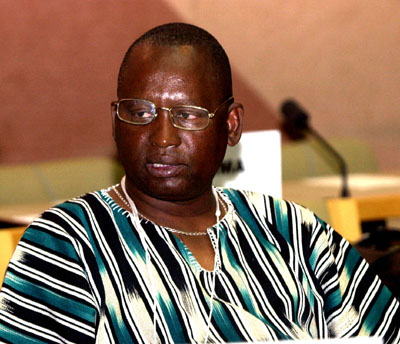
|
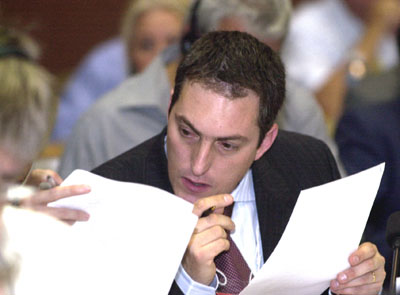
|
|
The
SOUTH AFRICAN CHEMICAL WORKERS UNION supported the inclusion of
occupational safety. Above photo: Bosole
Chidi (South African Chemical Workers Union)
|
URUGUAY suggested the inclusion of input from regional consultations.
Above photo: Federico Perrazza (Uruguay)
|
|
|
|
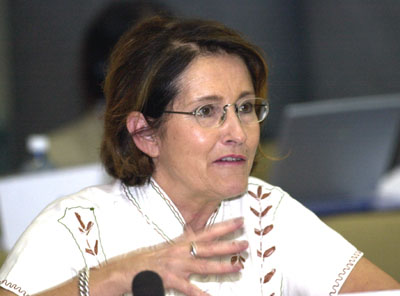
|
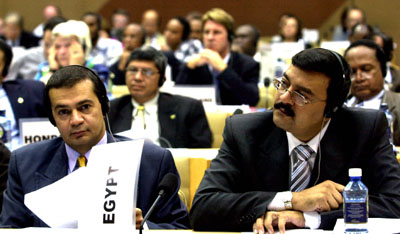
|
|
WOMEN IN EUROPE FOR A
COMMON FUTURE (WECF) emphasized the need to include women in
decision making. Above photo: Inger Schörling (WECF)
|
EGYPT, for the G-77/CHINA,
suggested the inclusion of a commitment to implement the SAICM
global plan of action. Above photo L-R: Mootaz Khalil and Tarek
Eid El Ruby (Egypt)
|
Overarching
policy strategy:
|
|
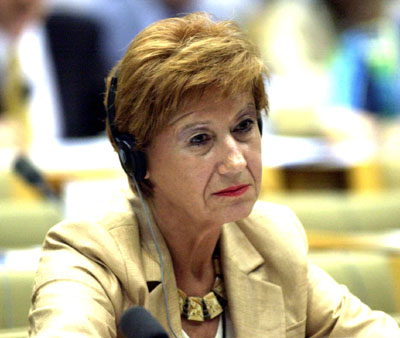
|
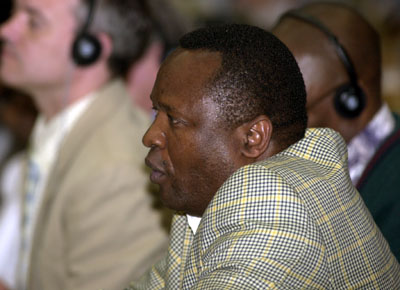
|
|
CROATIA,
for CENTRAL AND EASTERN EUROPE and NEWLY INDEPENDENT STATES noted
the omission of a reference to countries with economies in
transition in a subparagraph on bridging the widening gap between
developed and developing countries. Above photo: Ivana Halle
(Croatia)
|
SOUTH
AFRICA suggested reference to the implementation of international
initiatives and the inclusion of chemical issues in poverty
reduction strategies. Above photo: Godfrey Mvuma (South
Africa)
|
|
|
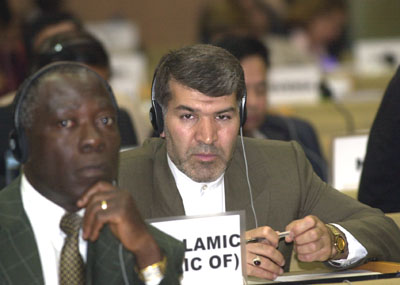
|
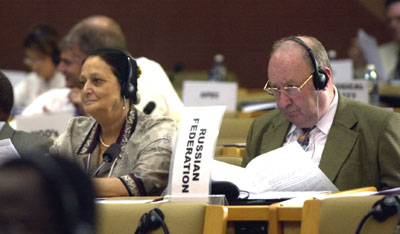
|
|
IRAN
proposed text on an international response mechanism for chemical
accidents, and on international cooperation for the remediation of
chemicals related accidents, including those resulting from war.
Above photo: Ali Zohrehvand (Iran)
|
The
RUSSIAN ACADEMY OF MEDICAL SCIENCES (RAMS) called for more emphasis
on prevention. Above photo L-R: Zoya Zholdakova (RAMS) with Boris
Kurlyandskiy (Russian Federation)
|
|
|
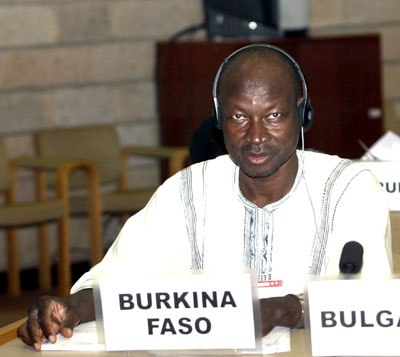
|
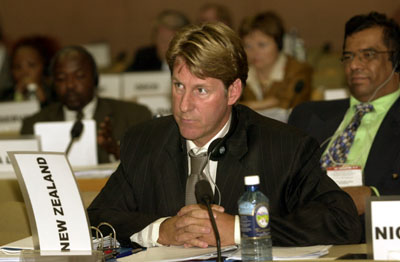
|
|
BURKINA
FASO stressed joint responsibility between governments, manufactures
and users for ensuring safe chemicals use. Yacouba Sanou
(Burkina Faso)
|
NEW
ZEALAND cautioned against duplication in the three outputs of PrepCom2.
Nik Kiddle (New Zealand)
|
|
|
|
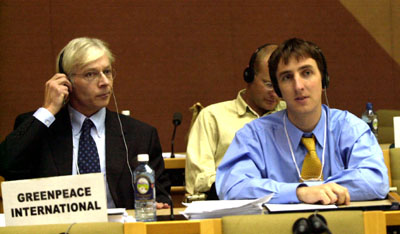
|
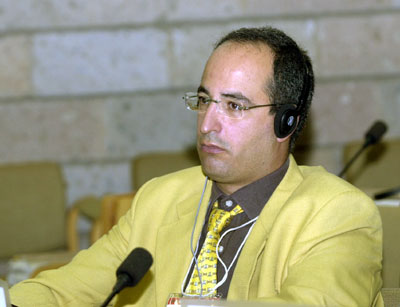
|
|
GREENPEACE calling for
balance between the responsibilities of developed and developing
countries. Above photo L-R: Kevin Stairs and Jason Collins
(Greenpeace)
|
TUNISIA
suggested adding carcinogenic substances to the list.
Above photo: Habib Ghannouchi (Tunisia)
|
|
|
|
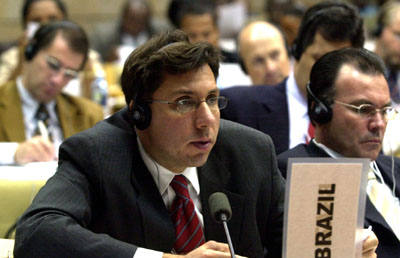
|

|
|
Marco
Tulio Cabral (Brazil), referred a proposal from the contact
group on financial considerations that the Secretariat prepare a
paper on existing and potential financial mechanisms to the
President for further consideration by the Plenary.
|
CANADA introduced new
objectives on generating scientific information on chemicals,
improved monitoring, and risk management. Above photo: Canadian
delegation to SAICM PrepCom2 from left to right: Jean-Louis
Wallace, Linda Webster, John Arseneau, John Mundy, Morley Brownstein
and Wanda Hoskins
|
|
|
ENB SNAPSHOTS:
|
|
|
|
|
|
|
|


